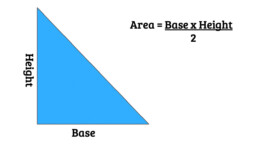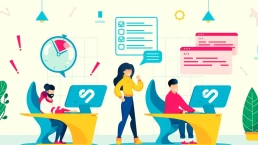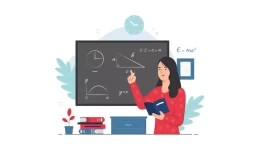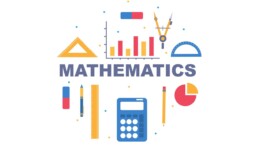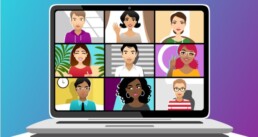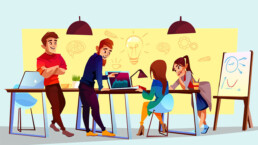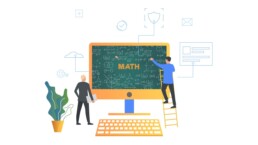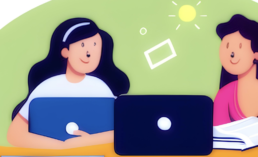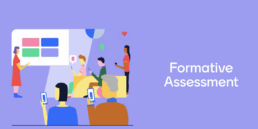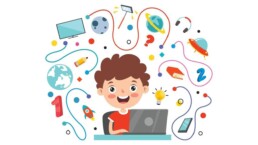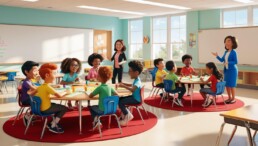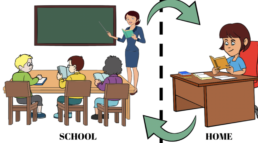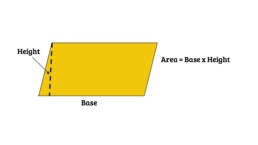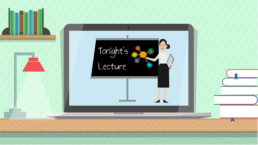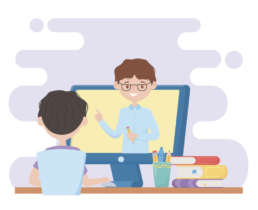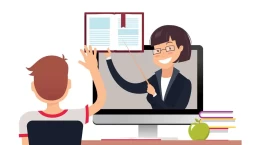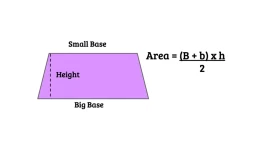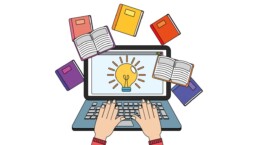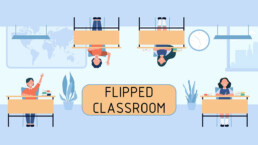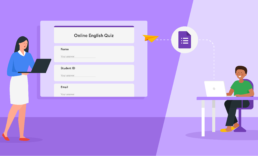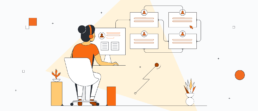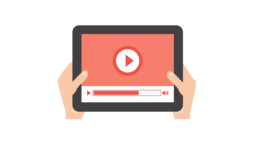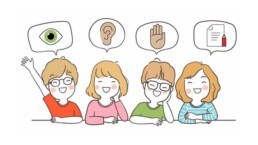The Benefits of a Flipped Classroom Model for Building Independent Students
Introduction
As a teacher, fostering independent students can be quite challenging. Fortunately, in a flipped classroom model teachers can use strategies to achieve student independence without sacrificing learning outcomes. By utilizing the flipped classroom approach, teachers can create an environment that encourages independent learning and prepares students for success in their future academic and professional endeavours.
In addition, fostering independent students using a flipped classroom approach can create a positive learning experience where every student feels heard and respected while taking control of their own education process. Let’s take a look at how this can be done.
What Is an Independent Learner?

An independent learner is someone who has the skills and motivation to pursue learning without direct supervision or guidance from teachers or other adults. These students are able to think critically about information and come up with their own solutions to problems. They are also able to take responsibility for their own learning by setting goals, managing their time, and seeking out additional resources when necessary.
Encourages Students to Take Ownership of Their Learning
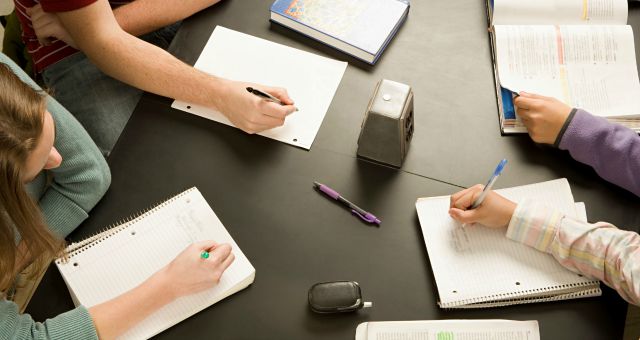
Flipped learning has become an increasingly popular teaching methodology in classrooms across the nation. This approach emphasizes student-led self-discovery and exploration and encourages students to take ownership of their learning. Through flipped learning, students gain the ability to learn at their own pace, ask questions in their own time, and review content repeatedly if need be. Flipped learning empowers students to become autonomous learners.
Fostering Self-Direction
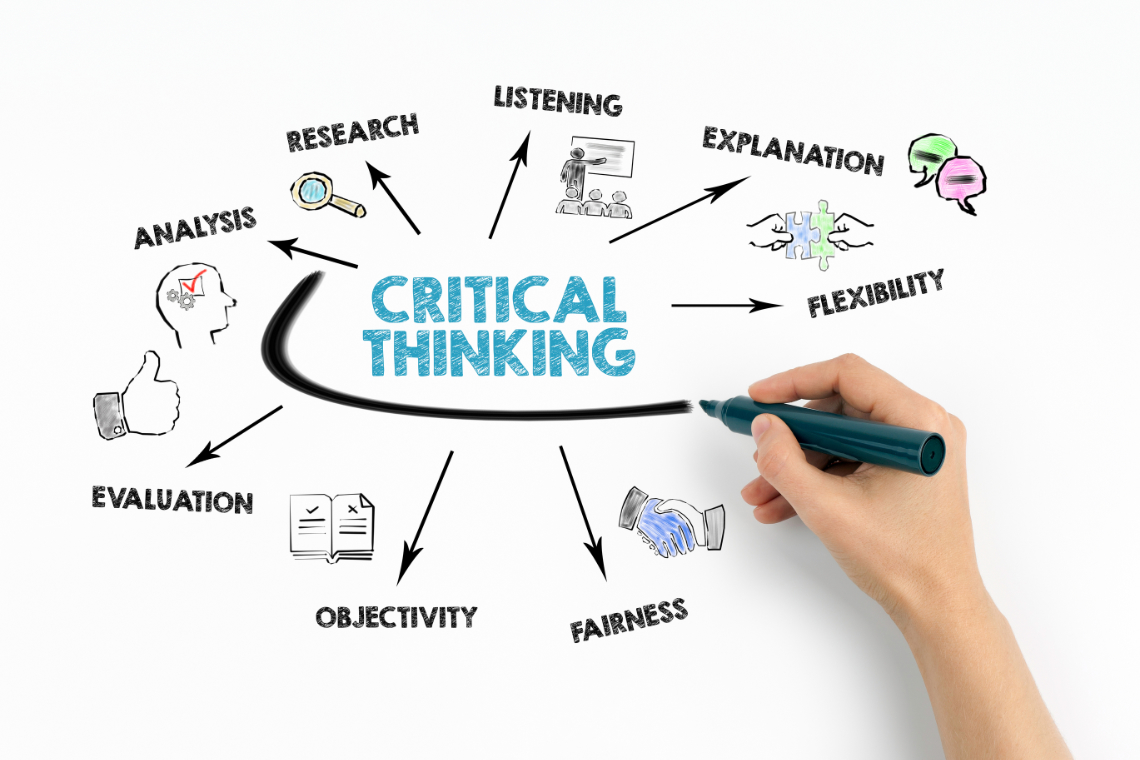
The flipped classroom also helps foster self-directed learning by encouraging students to think critically about what they’ve learned and apply it in new contexts. Instead of simply listening to lectures, students have opportunities to discuss ideas with classmates and ask questions that can help deepen their understanding of a topic. They also have more control over when they complete assignments, which can be beneficial for those who prefer different types of learning styles or struggle with procrastination.
Adding Creativity

In addition to fostering autonomy, self-direction, and critical thinking skills, the flipped classroom also encourages creativity among students. Instead of being confined to traditional homework assignments or tests, teachers can provide more creative outlets such as projects or presentations that allow students to explore topics on a deeper level while still demonstrating mastery of course material. For example, rather than giving multiple choice tests at the end of each unit, teachers can assign final projects that require research or experimentation and allow students to express themselves creatively through writing or video production.
Introduces Time Management Skills

When students are given assignments to complete outside of class, they must learn how to manage their own time in order to be successful. Learning how to manage time is an essential tool that will help them succeed not only academically, but professionally as well. Assigning homework also encourages students to be responsible for their own education by taking ownership of their work and completing it on their own schedule.
Utilize Technology

Technology plays an increasingly important role in education today, so it’s important that teachers incorporate it into their curriculum as much as possible. Utilizing technology such as online resources or video conferencing tools will help create an environment where independent learning is encouraged and supported. By leveraging these technologies, teachers are better able to engage with individual students while also providing access to knowledge and resources that would otherwise be unavailable outside of the classroom setting. Additionally, using technology also makes it easier for learners who might not have access to traditional educational materials or spaces due to location or financial constraints.
Conclusion
The flipped classroom approach offers many benefits that can help foster independent learning among students of all ages and backgrounds. Activities like group work and debates can help build critical thinking skills, while providing students with self learning videos gives learners the confidence they need for success both inside and outside of the classroom setting.
Furthermore, leveraging technology helps provide access to knowledge not normally available through traditional educational materials or spaces — giving even more learners the opportunity to gain valuable skills from home or from anywhere with an internet connection!
Ultimately, all these elements combine together to create an environment where independent thinking is both possible and encouraged — helping prepare learners with the skills they need now while laying a foundation for further successes down the road!
